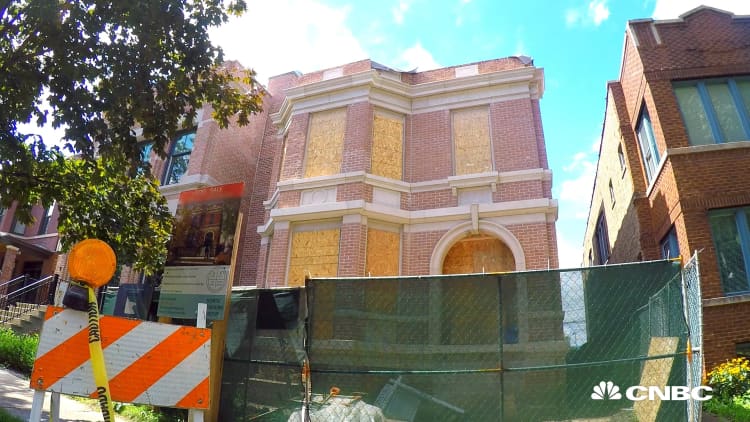Starbucks has achieved 100 percent equal pay for its U.S. employees of all races and genders and is working "with deliberate speed" to do the same globally, the coffee company announced on Wednesday. It took the company 10 years.
As Starbucks continues to thrive with a workforce that is now compensated more fairly, here are four other companies that say they have also made equal pay a reality.
Adobe
Last year, Adobe announced that all of its male and female employees in the U.S. are now receiving equal pay for equal work.
"We were already close to pay parity in the U.S. through our strong people practices, and now we are proud to have achieved and documented this last step of full parity," said Donna Morris, executive vice president of Customer & Employee Experience at Adobe, in a statement. "It means a lot to our U.S. employees, and we're excited to extend that same commitment to our global employee base in the upcoming year."
In January, the software company announced that it has also achieved pay equity in India, helping to close the gap between its male and female employees in 80 percent of its global workforce.
Apple
In 2016, Apple announced that it had finally closed its gender pay gap and that all male and female employees in the U.S. are being compensated equally.
"Pay equity is simply the right thing to do," the company said on its inclusion and diversity page. "It's something we're deeply committed to."
While reaching pay equity is a huge accomplishment, the tech giant admitted that it still has a long way to go to create a workforce that's more balanced in terms of gender and race. To that end, Apple has committed to hiring more women and minorities and, according to the company's website, 50 percent of its new hires from July 2016 to July 2017 were from historically underrepresented groups.
Intel
Last year, Intel released a diversity and inclusion report that showed that the company has reached 100 percent gender and racial pay equity in the U.S.
"We view pay and promotion parity as signals of the overall health of our company as well as a means of ensuring equity for all employees," the companies chief diversity and inclusion officer at the time, Danielle Brown, said in the report.
Intel says that it will continue to work towards its 2020 goal of having full representation of underrepresented minorities in its workforce while also maintaining a high employee retention rate.
Salesforce
In 2015, Salesforce CEO Marc Benioff revealed at Fortune's Global Forum that his company had spent about $3 million to close its pay gap. In 2017, Benioff said that, after inheriting the pay practices of 13 new companies they had acquired, Salesforce was spending an additional $3 million to ensure that it was eliminating any new pay disparities.
"Every CEO needs to look at if they're paying men and woman the same. That is something that every single CEO can do today," Fortune reports him saying at the 2017 World Economic Forum. "We all have modern human resource management systems, but as a CEO are you willing to step up and say I pay men and women the same?"
How Starbucks did it
In 2008, Starbucks conducted a company-wide compensation study that included regular salary check-ins to identify and address pay disparities. Since then, the company has implemented a few practices to ensure equal pay. One is a calculator that objectively determines an employee's pay range based off experience. Another is a tool that analyzes bonuses before they are finalized to ensure there is no bias in the compensation process.
Starbucks says that, in addition to checking pay, hiring managers have also stopped asking candidates about what they've been paid at previous jobs. That's a move many states are making, too, as some ban questions about salary history from the interview process.
"One of the most important things to get right is starting pay," Sara Bowen, an attorney who leads Starbucks Inclusion, Diversity, Equity and Accessibility team, said in a statement. "If a woman comes into a company low, she tends to stay low. If a job candidate comes to Starbucks making 70 or 80 cents on the dollar, and we use that as the basis for her pay at Starbucks, we simply import gender inequality into our own system."
Like this story? Like CNBC Make It on Facebook
Don't miss: Study: 80% of women would leave a company for one that offered better gender equality



